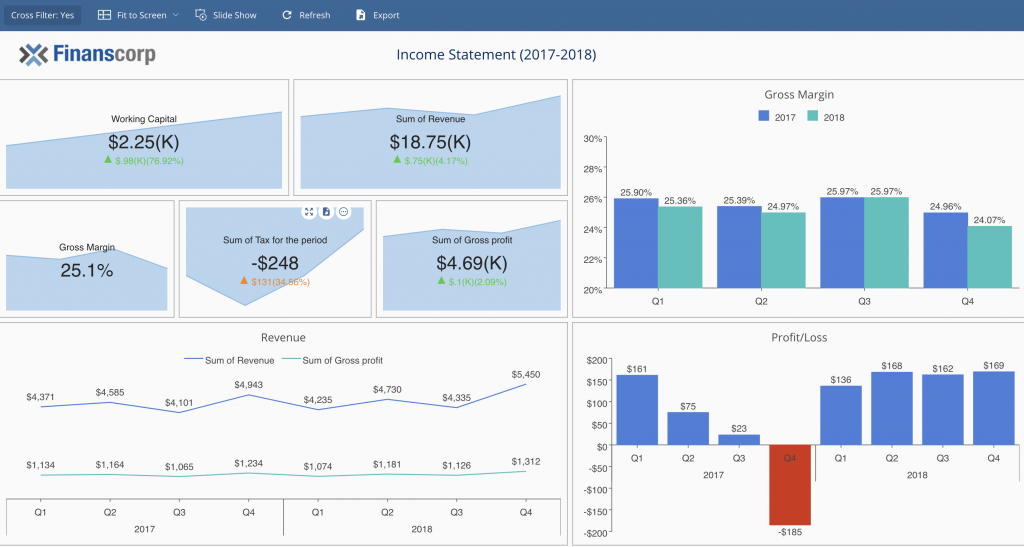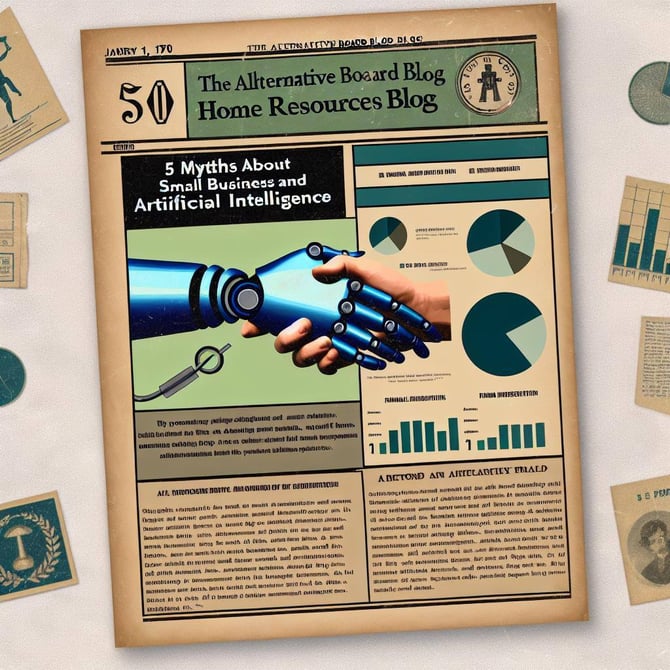Who Is Responsible in a Multiple Car Accident?
Multiple car accidents are not uncommon on our busy roads today and can be quite stressful. In the aftermath of such an accident, the most important thing is to ensure everyone’s safety and well-being. However, once the dust has settled, the question of who is responsible for the accident and the resulting damages naturally arises. Determining fault in a multiple car accident can be a complex process, as there may be multiple parties involved and various factors contributing to the incident. As such, it is crucial to seek legal advice from an experienced car accident lawyer who can guide you through the legal process and help you recover the compensation you deserve.
Determining Fault in Multiple Car Accidents
To determine fault in a multiple car accident, several key factors are considered. Firstly, the investigating law enforcement officer will determine if any driver violated traffic laws or committed any negligent actions that contributed to the accident. This may include things like speeding, reckless driving, running a red light, or driving under the influence of alcohol or drugs. Additionally, the police report will document the sequence of events leading up to the accident, including the location, time, and any witnesses’ statements.
In addition to the police report, insurance companies will conduct their investigations to determine fault. They will review the police report, interview witnesses, and examine any available evidence, such as photos or videos of the accident scene. Insurance adjusters will assess the extent of the damages to each vehicle and determine which driver is responsible for causing the accident and the resulting damages. This process can be complex and time-consuming, especially in cases involving multiple vehicles and conflicting witness statements.
If the insurance companies cannot reach an agreement on fault, the case may need to be resolved through the courts. In such cases, a judge or jury will hear the evidence and determine fault based on the applicable laws and regulations. This process can be even more protracted and costly than the insurance investigation, so it is always advisable to try and reach a settlement with the insurance companies if possible.
Determining fault in a multiple car accident can be a complex and challenging process. However, by understanding the key factors involved and seeking legal advice, you can increase your chances of recovering compensation for your injuries and damages. In such situations, it is essential to remain calm, collect as much evidence as possible, and seek medical attention if necessary. Consulting an experienced car accident lawyer can provide you with peace of mind and ensure you receive fair treatment throughout the legal process.
Who Is Responsible in a Multiple Car Accident?
A multiple-car accident can be a chaotic and frightening experience. In the aftermath, it’s crucial to determine who’s responsible for the crash to ensure fair compensation and accountability. Determining liability in such cases often involves a complex analysis of various factors, including:
Liability Factors
Insurance companies and courts rely on a range of elements to determine fault in a multi-vehicle accident. These include but aren’t limited to:
Contributory Circumstances
Assigning liability often hinges on identifying the contributing circumstances that led to the accident. Was one driver speeding, texting while driving, or under the influence of substances? Did another driver fail to yield, run a red light, or make an unsafe lane change? Establishing these factors can help clarify who’s primarily responsible for the crash.
Consider this: just as a chain is only as strong as its weakest link, a safe driving environment relies on every driver fulfilling their responsibility. When one driver’s negligence or recklessness compromises the system, it can have disastrous consequences.
Another crucial aspect to consider is any contributing factors beyond the drivers’ control. Inclement weather, road hazards, or mechanical failures can sometimes play a role in multi-car accidents. Determining their impact can help further clarify the liability picture.
In addition, it’s essential to examine whether any driver’s actions could have prevented or mitigated the accident. For instance, if one driver had more time to react to another driver’s mistake, their failure to do so could potentially increase their own liability.
It’s important to remember that liability in a multiple-car accident is rarely black and white. Often, multiple parties share responsibility to varying degrees. Understanding the contributing circumstances is crucial for determining a fair and equitable resolution.
Who is Responsible in a Multiple Car Accident?
Multiple car accidents are unfortunately quite common. When they do occur, determining liability is often a complex and challenging task. Figuring out who is at fault can be a difficult and time-consuming process, involving the police, insurance companies, and even the courts. So, if you’ve recently been involved in a multiple car accident, it is important to know who is liable for your injuries and damages.
Proving Negligence
Establishing negligence requires proving that a driver’s actions or inactions caused the accident and subsequent injuries or damages. In other words, you must show that the other driver breached their duty of care to you, and that this breach directly led to the accident. How do you do that? Here are the four elements that need to be demonstrated:
- Duty of Care: All drivers have a duty to exercise reasonable care while operating their vehicles. This means driving safely and obeying traffic laws.
- Breach of Duty: Negligence occurs when a driver breaches their duty of care. This can include speeding, running red lights, driving while intoxicated, or failing to yield.
- Causation: You must then demonstrate that the driver’s breach of duty was the actual cause of the accident, and that your injuries and damages were a direct result of the accident.
- Damages: Finally, you must prove that you have suffered damages as a result of the accident. These damages can include medical expenses, lost wages, pain and suffering, and property damage.
Who Is Responsible in a Multiple Car Accident
Are you trying to figure out who’s to blame after being involved in a multi-car accident? It can be a real headache, especially if there are conflicting stories and insurance companies are pointing fingers. However, by understanding the legal principles that apply to these situations, you can better protect your rights and get the compensation you deserve. Determining liability in a multiple car accident can be tricky, and several factors come into play. Let’s delve into the details so you can navigate this legal maze with confidence.
Determining Liability
When it comes to assigning blame in a multiple car accident, the concept of negligence plays a crucial role. Negligence refers to the failure to exercise reasonable care, and it can take many forms. For instance, a driver may be deemed negligent if they were speeding, running a red light, or driving under the influence of alcohol or drugs. Establishing negligence is essential for determining liability, as it helps identify the party or parties who caused the accident.
Contributory Negligence
In some cases, more than one driver may be found negligent in a multiple car accident. This is where the principle of contributory negligence comes into play. Contributory negligence essentially means that if you were partially at fault for the accident, your compensation may be reduced. The degree to which your compensation is reduced will depend on the extent to which you were found to be negligent. For example, if you were found to be 20% at fault for the accident, your compensation would be reduced by 20%.
Contributory negligence laws vary from state to state. Some states follow a pure contributory negligence rule, which means that if you are found to be even 1% at fault for the accident, you cannot recover any compensation. Other states, like California, follow a modified comparative negligence rule. Under this rule, you can still recover compensation even if you are found to be partially at fault for the accident, as long as your negligence was not greater than that of the other driver(s) involved.
Comparative Fault
In some jurisdictions, the principle of comparative fault is applied in multiple car accident cases. Comparative fault allows the court to assign a percentage of fault to each driver involved in the accident. The amount of compensation each driver receives is then reduced in proportion to their degree of fault. This approach is often used in cases where it is difficult to determine which driver was primarily at fault or when multiple factors contributed to the accident.
Insurance Coverage
When it comes to multiple car accidents, insurance coverage is another critical factor to consider. In most cases, the insurance company of the at-fault driver will be responsible for covering the damages caused by the accident. However, in some cases, multiple insurance companies may be involved. For example, if one driver is underinsured and another driver is uninsured, you may need to file a claim with your own insurance company to cover the remaining damages. Dealing with insurance companies after a multiple car accident can be a complex and time-consuming process. It is advisable to seek the guidance of an experienced attorney to help you navigate the legal and insurance-related aspects of your case.
Who Is Liable in a Multiple-Car Accident?
Multiple-car pileups can be chaotic and confusing, leaving victims wondering who’s at fault and who’s on the hook for damages. Determining liability in these situations can be a complex and time-consuming process, but understanding the basics can help you protect your rights.
1. Fault and Negligence
In most cases, liability falls on the driver who was negligent in causing the accident. Negligence refers to a failure to exercise reasonable care while operating a vehicle. This could include things like speeding, running a red light, or driving while intoxicated.
2. The "Chain Reaction" Theory
When multiple vehicles are involved in an accident, the "chain reaction" theory often applies. This theory holds that the driver who caused the initial collision is liable for all subsequent crashes that occurred as a result.
3. Comparative Fault
In some states, the concept of "comparative fault" comes into play. This means that each driver involved in the accident may be assigned a percentage of fault. For example, if you’re found to be 20% at fault, your damages will be reduced by 20%.
4. Exceptions and Special Circumstances
While these general principles apply to most multiple-car accidents, there are certain exceptions and special circumstances that can affect liability. For instance, if a third party (such as a pedestrian or cyclist) causes an accident, they may be held liable.
5. Insurance Coverage
Insurance coverage plays a crucial role in multiple-car accidents. The at-fault driver’s insurance typically covers injuries and damages up to the policy limits. However, there may be situations where multiple insurance companies are involved. In these cases, it’s important to work with your insurance company to understand your coverage and ensure that you’re adequately compensated for your losses.
Here are some additional tips to keep in mind when dealing with multiple-car accidents:
- Gather information at the scene (e.g., names, contact information, insurance details)
- Report the accident to your insurance company as soon as possible
- Seek medical attention for any injuries
- Consult with an attorney if necessary
- Be patient and persistent in pursuing your claim
Who Is Responsible in a Multiple-Car Accident?
Determining who is at fault in a multi-vehicle collision can be a mind-boggling task. In most cases, multiple parties share some degree of responsibility for the mishap. Navigating the legal complexities of such accidents can be daunting, but understanding the key principles of liability can help you protect your rights.
Negligence
The foundation of determining fault in a multiple-car accident lies in the concept of negligence. Negligence refers to the failure to exercise reasonable care, which results in injury or damage. Establishing negligence requires proving three essential elements: duty of care, breach of duty, and causation.
Comparative Negligence
In many jurisdictions, the doctrine of comparative negligence applies to multiple-car accidents. This principle allows for the apportionment of fault among the involved parties. Under comparative negligence, each party’s compensation is reduced in proportion to their degree of fault. For instance, if you are found to be 25% at fault for the accident, you will receive 75% of your damages.
Contributory Negligence
In some states, the doctrine of contributory negligence bars recovery if you are found to have contributed to the accident in any way. This harsh rule prevents you from receiving any compensation, even if other parties were also at fault. Fortunately, this doctrine is only applicable in a handful of states.
Multiple At-Fault Drivers
When multiple drivers are found to be at fault for a multi-vehicle accident, the liability is typically apportioned among them. Each driver is responsible for the damages caused by their own negligence. For example, if two drivers are equally responsible for the accident, each would be liable for 50% of the damages.
Proving Fault
Proving fault in a multiple-car accident requires a thorough investigation. Gathering evidence is crucial, such as police reports, eyewitness accounts, and medical records. Consulting with an experienced attorney can significantly enhance your chances of establishing liability and obtaining fair compensation.
Legal Representation
Engaging the services of a skilled attorney is highly advisable in complex multiple-car accident cases. An attorney can help guide you through the legal maze, protect your rights, and advocate for a just outcome. They can negotiate with insurance companies, build a strong case, and represent you in court if necessary.




Leave a Reply